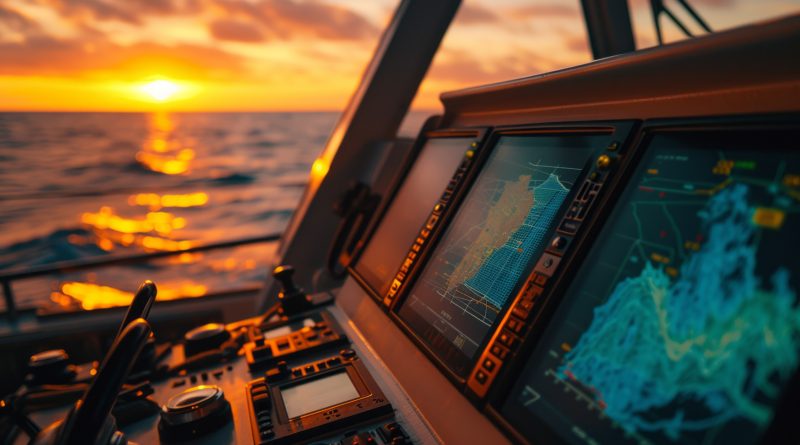Tackling Cyber Threats in the Marine Transportation System
In an era defined by digital interconnectivity, the marine transportation system (MTS) stands as a vital artery of global commerce, supporting over 90% of the world’s trade. This system, however, is not just pivotal for economic reasons but also a target for cyber threats that seek to exploit its complex and expansive nature. The United States Coast Guard (USCG) has recognized the potential catastrophic impact of cyber disruptions in maritime operations, which could range from halting shipping traffic to contaminating cargo data, thereby prioritizing the enhancement of cybersecurity measures within this sector.
The reliance on digital technologies for navigation, cargo management, and operational controls makes the MTS particularly vulnerable. Cyber threats like phishing, malware, and ransomware pose significant risks, with the potential to disrupt operations and compromise sensitive data. Recognizing these challenges, the USCG has been actively engaged in fortifying the cybersecurity defenses of the MTS, aiming to shield it from both current and emerging digital threats.
Identifying the Cyber Threats
The landscape of cyber threats is diverse and constantly evolving, challenging the maritime industry to stay ahead of potential security breaches. In the maritime context, these threats often involve sophisticated attempts to penetrate networks through which operational and navigational data flows. For instance, cyber adversaries may deploy ransomware to lock down the systems of a cargo ship, demanding payment to restore access, or use phishing scams to steal credentials that can lead to broader network access.
The USCG highlights several specific cyber threats that are of paramount concern:
- Ransomware attacks can halt the operations of entire fleets by locking out access to critical systems.
- Phishing campaigns aim to steal login credentials or deliver malicious software into the security perimeter of maritime operations.
- Advanced persistent threats (APTs) involve prolonged and targeted cyber espionage or sabotage operations, often orchestrated by state actors or criminal organizations seeking to disrupt or spy on maritime activities.
USCG’s Cybersecurity Measures
As the maritime sector faces an evolving landscape of cyber threats, the U.S. Coast Guard (USCG) has strategically positioned itself to enhance the resilience of the Marine Transportation System (MTS). The USCG’s cybersecurity strategy is a robust blend of regulation, proactive defense, and stakeholder engagement. It includes setting cybersecurity standards and best practices, conducting comprehensive risk assessments, and ensuring continuous monitoring and reporting of cybersecurity health within maritime systems. By adopting frameworks such as the National Institute of Standards and Technology (NIST) Cybersecurity Framework, the USCG promotes a unified and standard approach across the maritime sector. This is further bolstered by targeted training programs aimed at increasing cyber awareness among maritime personnel, which is crucial for mitigating human error—a frequent vulnerability point.
Moreover, the USCG fosters strong collaborations with other federal agencies, international entities, and private sector stakeholders. These partnerships are vital for the exchange of threat intelligence, the execution of coordinated response strategies, and the cultivation of a resilient cybersecurity culture within the maritime community.
Despite the comprehensive measures put forth by the USCG, the maritime sector continues to grapple with significant cybersecurity challenges. One of the primary issues is the prevalence of legacy systems across maritime operations, which often cannot support modern cybersecurity solutions without substantial modifications. The integration of these outdated systems with new technologies not only poses compatibility problems but also exposes the maritime sector to additional risks.
The vastness and complexity of the maritime industry, with its global scope and multitude of stakeholders, further complicate the uniform application of cybersecurity measures. Each stakeholder—from small fishing vessels to large container ships and port operators—has different capabilities and levels of cybersecurity awareness, making standardization challenging.
Looking ahead, the USCG is committed to leveraging cutting-edge technologies and developing forward-thinking strategies to stay ahead of cyber threats. The future of maritime cybersecurity will likely see an increased reliance on predictive analytics and artificial intelligence (AI) to anticipate and neutralize threats before they manifest. Such technologies can offer real-time insights and automated responses that are crucial for protecting complex and dynamic maritime environments.
